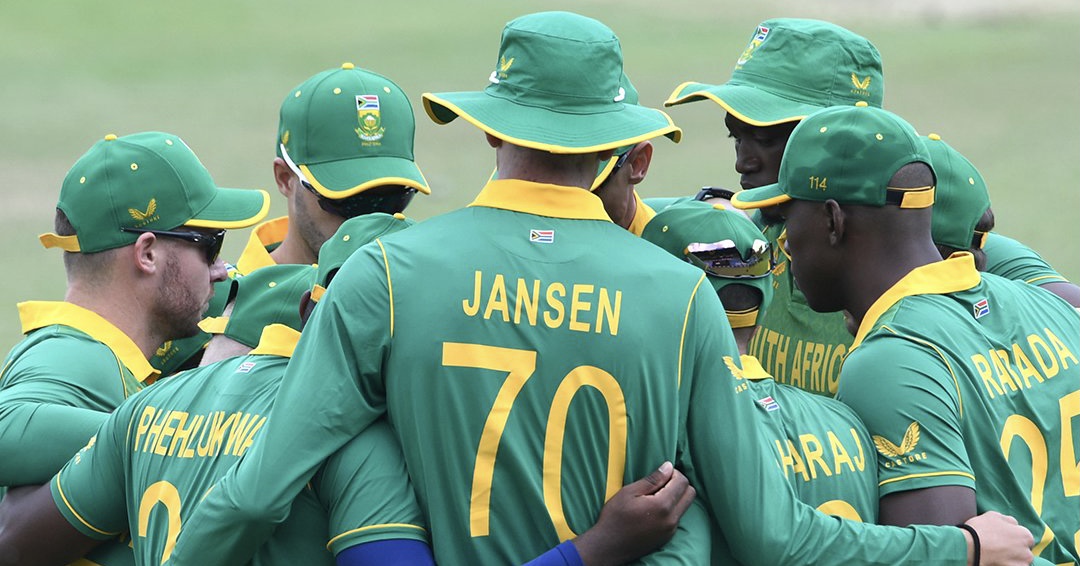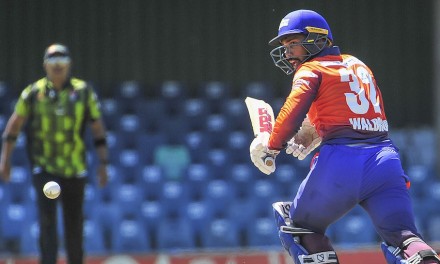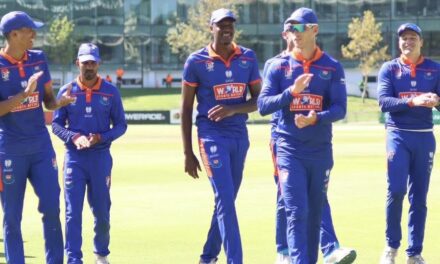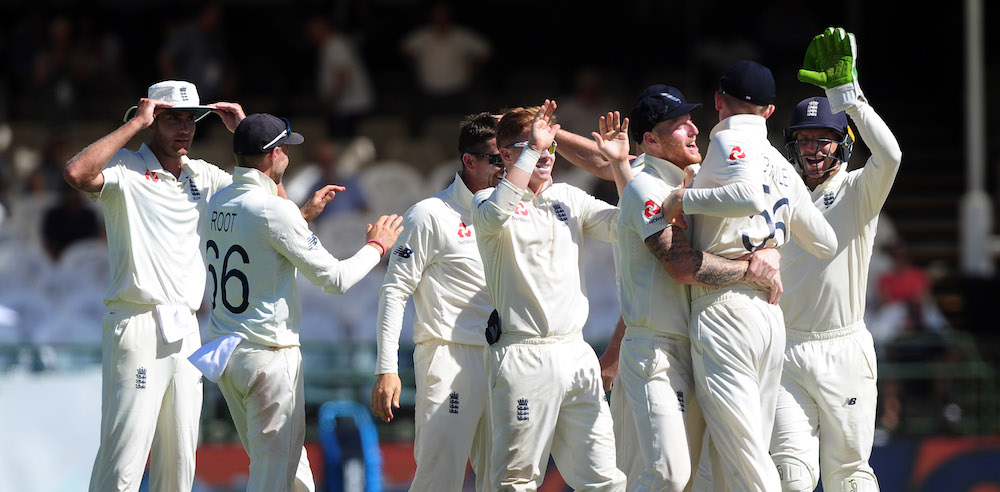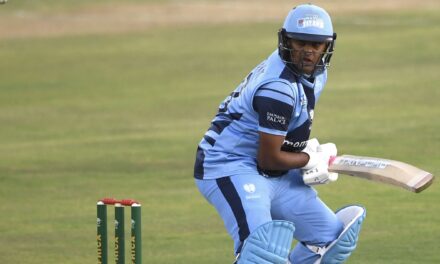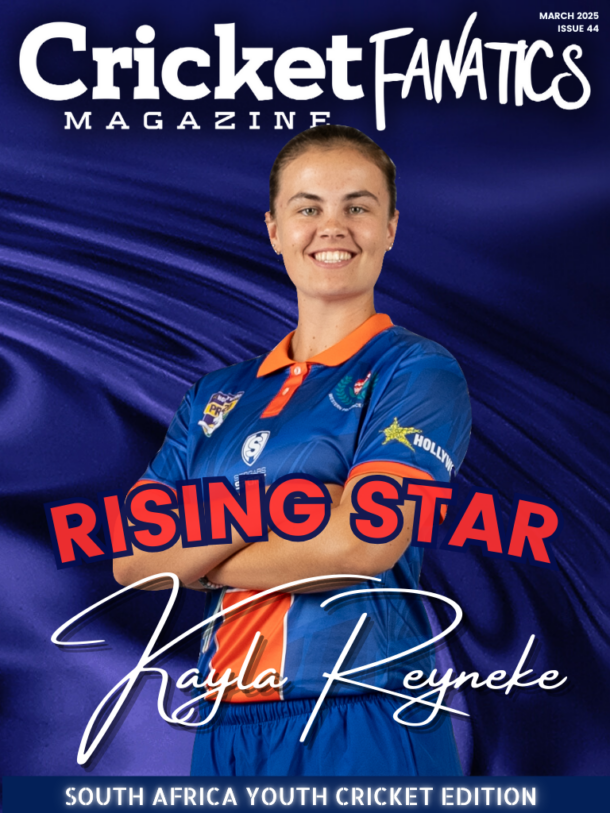The Proteas need to replicate their Test game by discovering and harnessing a killer instinct that has quite clearly been lacking in their approach to the 50-over format.
South Africa are currently finding itself in a position of strength in Test cricket by occupying the second spot on the World Test Championship (2021-2023) standings, having won five of their seven matches so far.
Included in those seven victories was a Test triumph against current champions, New Zealand, on away soil recently, having drawn the series 1-1, and, prior to that, a 2-1 series victory over powerhouses India in January.
They had just smashed Bangladesh to claim a 2-0 Test series whitewash, having won the first match by a convincing 220 runs and the second by a massive 332 runs.
Unfortunately, the same sort of successes cannot be echoed in the ODI format, with the Proteas having been embarrassed by the same Bangladeshi team recently, losing the series 2-1, making it, infamously, the first-ever loss against them on home territory.
And it wasn’t just the two losses that were discouraging and concerning for the ever so proud Proteas side, but rather the margins by which they lost.
The first ODI saw them lose by a comfortable 38 runs and the third, the decider, was evidently worse, having lost by 9 wickets, as Bangladesh reached their winning target with a whole 23.3 overs to spare.
The Proteas have discovered the ability to refine and restructure their approach and to go for the kill when the going got tough in red-ball cricket, which was evident against India and NZ.
They lost the first outing against the Indians, but they managed to redeem themselves to win both the second and third Tests by seven wickets, having batted second, which, historically, has always been the tougher task in unlimited overs cricket.
Against New Zealand, they managed to fight back after a torrid showing in the first Test where they lost by an innings and 276 runs to then win the second by a comfortable 198 runs.
Their ODI results have been disconcerting, to say the least. They weren’t even able to beat minnows Ireland in a series last year, drawing it 1-1 instead before they lost 2-1 to the underwhelming Sri Lankans a couple of months later.
Their recent series loss to Bangladesh rang the alarm bells of a side dwindling in stature by the year.
The Proteas seem to be a team constantly looking for answers, and have been attempting to do so ever since their fallout from the 2019 World Cup.
Granted, they have shown some flashes of brilliance and potential since, which included their 3-0 series whitewash over Australia in March 2020 as well as against India in January, but, to their misfortune, the latter series hadn’t counted towards the World Cup Super League.
And that is exactly where the real concerns for SA start creeping in. The Super League forms part of the qualification process for the 2023 World Cup, whereby the top eight of 13 participating teams automatically qualify, one of which is the hosts India.
That leaves seven spots up for grabs and SA are dismally sitting in 11th position, having won just four of their 13 encounters to date.
Unluckily, they had two no results, one against Ireland and the other against the Netherlands, teams they would have fancied their chances against.
To make matters worse, the other two games against the Netherlands were cancelled due to Covid complications and SA are now forced to salvage their prospects against tougher, higher-ranked oppositions from now until the world showpiece next year.
The bottom five teams on the Super League standings will move into a qualifier round consisting of a total of 10 teams, only two of which will qualify for the World Cup. Therefore, SA’s participation in the World Cup hangs in the balance.
It will undoubtedly become a new low for the Proteas if they fail to qualify all together, but not all is yet lost. They need to rectify their shortcomings and they need to adapt and adopt a killer punch when required.
From what has been witnessed, the Proteas have either lacked the bowling intensity or a concrete batting showing, which has cost them recently, with both being to blame in different games.
Another problem is that the two forms of attacks don’t compliment each other and they don’t seem to hone any cohesion. For example, the recent Test series victory over Bangladesh saw spinners Keshav Maharaj and Simon Harmer unravel the opposition compellingly.
Not only did the two bowlers coincide strongly, but they backed up and defended what the batters dished out in both innings, while also having contributed with bat-in-hand themselves.
The Proteas ODI outfit seems to too often crack and lack this sort of coherence between players. If one, two or three players fail, the whole team gets rattled and it goes south from there.
The team needs to find answers and they need to find an identity, instead of hopelessly trying to scramble after getting knocked down.
It may be a mental obstacle or it may be personnel downfalls, lending to a lack of confidence of self-belief, but they need to find the aptness to face adversity and come out better for it.
If they can prosper and succeed in Test cricket, there is no reason why that can’t filter through to the ODI arena. One thing is for sure: they need to do something differently and fast.

